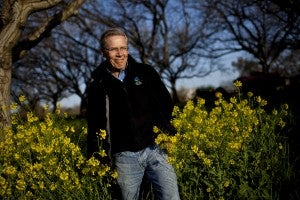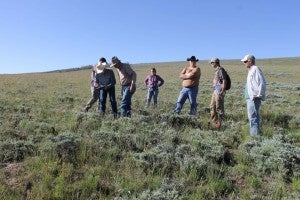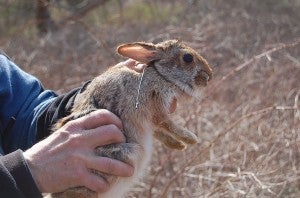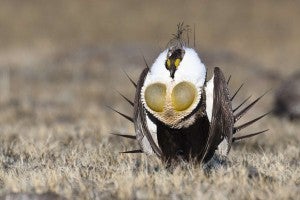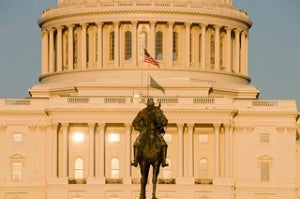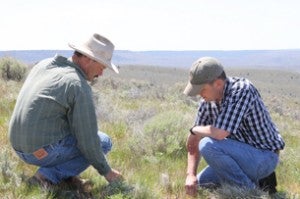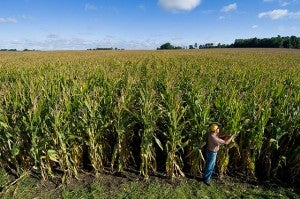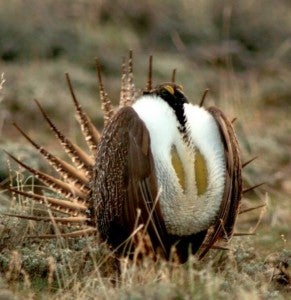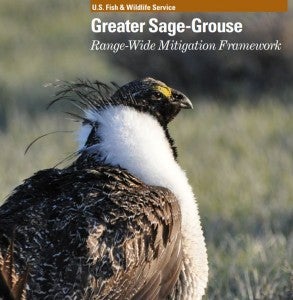Craig McNamara embodies agricultural leadership in California. He has farmed a 450-acre organic walnut orchard in Winters, California for the past 35 years. He’s been an innovator in implementing conservation practices on his land that both enhance wildlife and benefit his farming operation. He’s also the president of the California State Board of Food and Agriculture, and an influential sustainable agriculture educator.
I’ve known Craig for about 10 years and have had the honor of serving with him on the State Board for the last two. I spoke with him about how he integrates farming with ecology and his plan for dealing with potential El Niño rains. Read More
